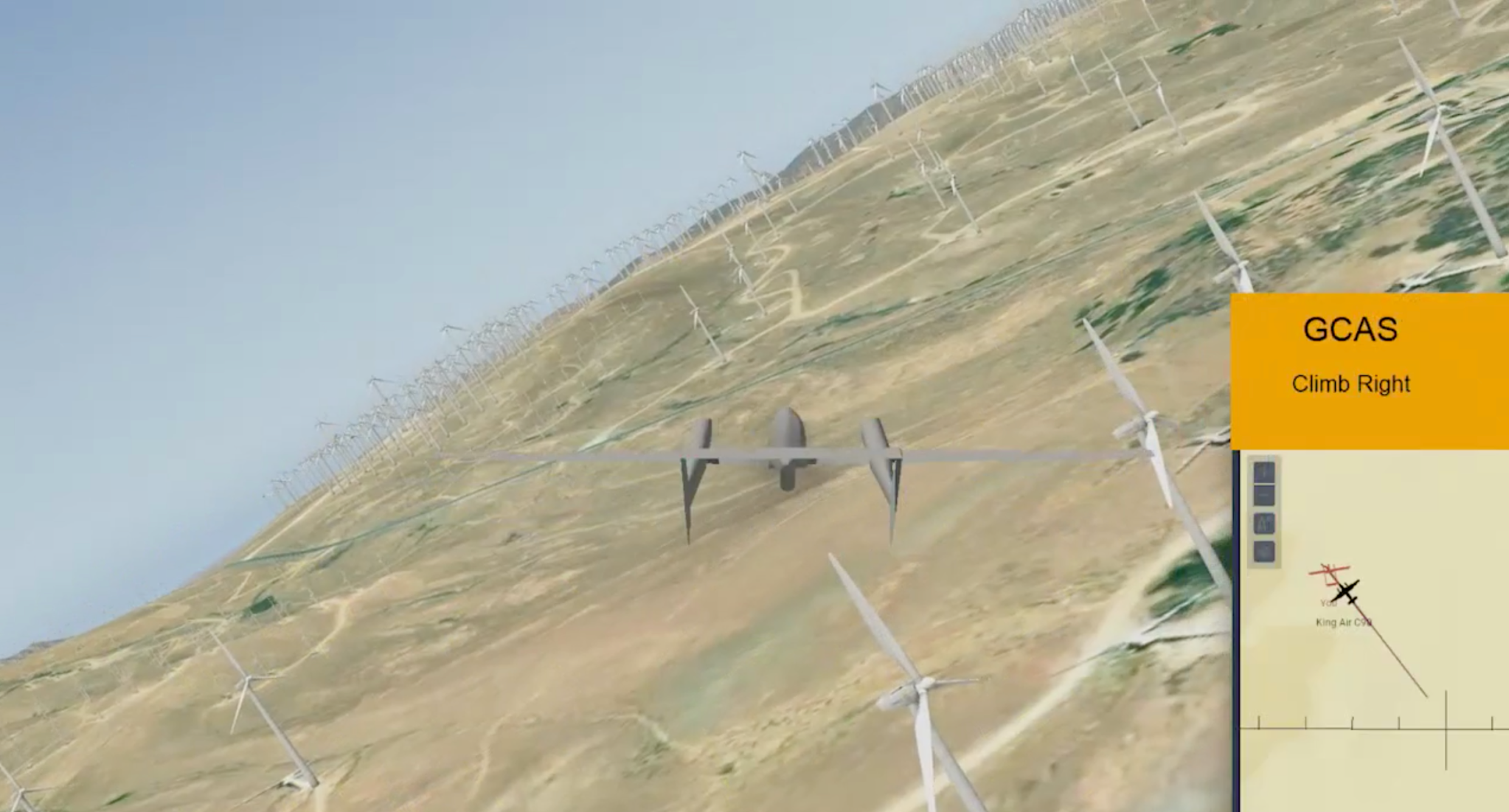According to The Bureau of Transportation Safety, there have been approximately 1200 to 1300 general aviation accidents per year since 2013, which is down from the years before. While the improvement is good, NASA is working to decrease the number of aircraft crashes even more.
NASA’s Resilient Autonomy team worked together with the Federal Aviation Administration (FAA) and the U.S. Department of Defense (DoD), to create new autonomous aircraft technology that will help in this endeavor.
This technology is called the Expandable Variable Autonomy Architecture, or EVAA, and it could help prevent accidents in retrofit general aviation aircraft and future autonomous aircraft. EVAA is based on an earlier NASA-developed technology that performs a similar function for military aircraft.
Mark Skoog, principal investigator for autonomy at NASA’s Armstrong Flight Research Center in Edwards, California, led the project on the NASA side. He has almost 40 years of experience with autonomous systems including the Automatic Ground Collision Avoidance System, or Auto GCAS, which was developed for the DoD and has saved the lives of 11 F-16 pilots since its introduction.

The Auto GCAS system, which EVAA is derived from, avoids an imminent ground collision by taking control of an endangered aircraft from the pilot at the last possible moment. This life-saving system warns the pilot, and if no action is taken, it locks the controls and performs an automatic recovery maneuver. Full control is returned to the pilot once the aircraft has cleared the near terrain.
With EVAA, the team changed the algorithms used in the F-16 version of Auto GCAS to make them suitable for non-fighter aircraft like Cessnas or remotely piloted aircraft.
“Given what we have seen in the improvement in F-16 safety from the Auto Ground Collision Avoidance System, this technology too could help prevent a loss of life in general aviation and especially the bush pilot community,” Skoog said.
EVAA includes functions to prevent smaller airplanes from diving into a canyon, into the side of a mountain, or into the ground by avoiding obstacles and guiding the plane to a safe landing area. An element in the software, called the Moral Compass, helps decide which moves to make by switching control to the highest priority task based on weighing the odds of safety.
While the pandemic kept the team from completing flight tests, the software was extensively tested on multiple types of aircraft using a flight simulator. The results from the simulator tests showed great promise – test and analysis showed that the system avoided mid-air collisions at a rate greatly exceeding current standards currently under consideration for small, unmanned aircraft. The forced landing system of EVAA was also evaluated in multiple ways, many inspected in the field, and results met or exceeded human pilot line of sight safety capabilities in rural and wilderness areas.
The DoD, the FAA and other groups such as the Alaska bush pilot community are looking into how this software could be integrated into a variety of aircraft in the future. Other NASA projects such as Advanced Air Mobility are looking at potential uses of EVAA as they investigate how to help the FAA integrate air taxis, cargo delivery, and small package delivery aircraft into the national airspace.
The EVAA software is managed under the NASA Armstrong Flight Research Center Technology Transfer office. For more on this technology, contact afrc-tto@mail.nasa.gov. Future availability and capability enhancements of EVAA will be managed by an extended potential collaboration between NASA, the DoD and the FAA.
If EVAA could help reduce the number of fatal general aviation accidents per year, the goal of the project and one of NASA’s, the DoD’s and the FAA’s missions to increase aviation safety would be complete.
Author: Teresa Whiting

































